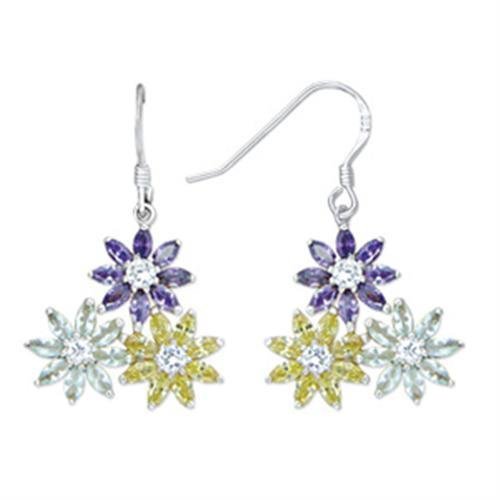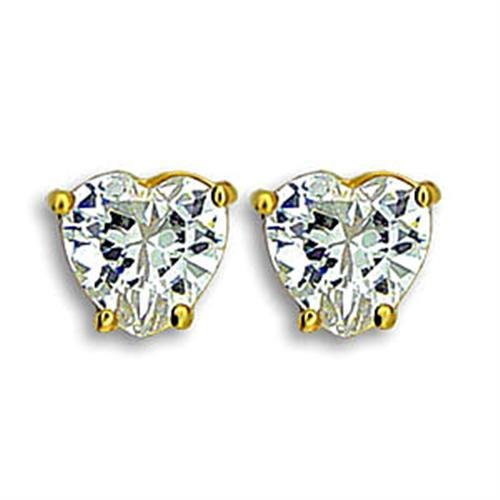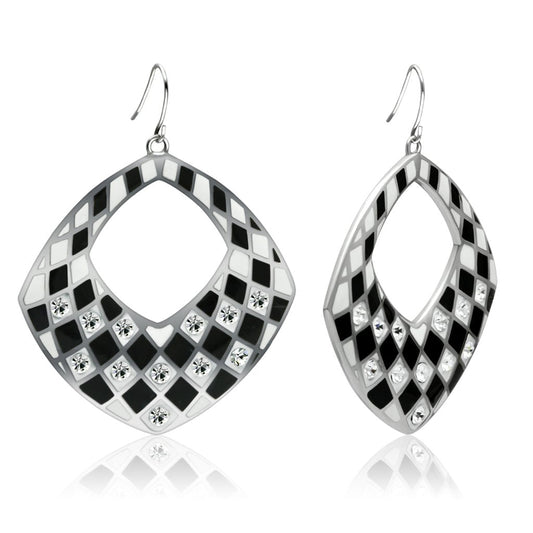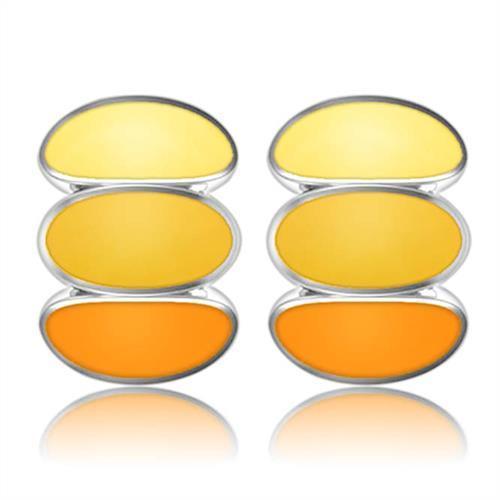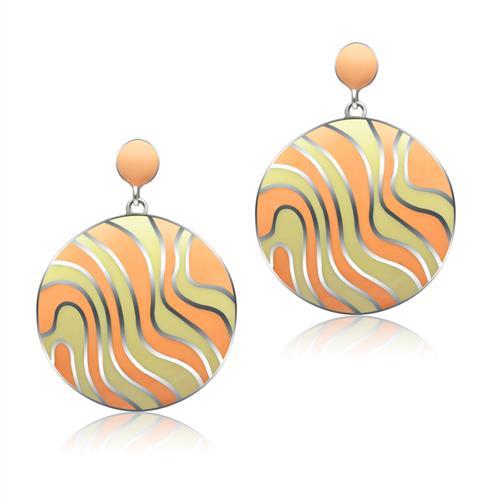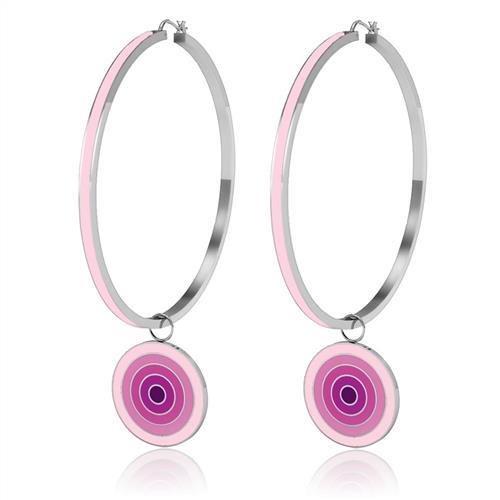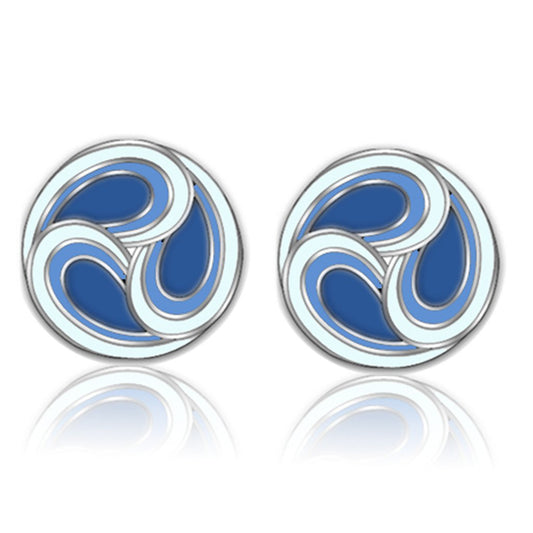In the vast expanse of the periodic table, the allure of precious metals such as gold, silver, and platinum is undeniable. Their intrinsic value, derived from their rarity and utility, has captivated humanity for centuries. But what about the other elements that share the stage with these illustrious metals? This article delves into the comparative rarity and uses of various elements, extending beyond the traditional trio to include palladium, iridium, osmium, and more, highlighting their unique properties and scarcities.
Table of Contents
- The Precious Trio: Gold, Silver, and Platinum
- Beyond the Familiar: Palladium, Iridium, and More
- The Rarity Spectrum
- Industrial and Technological Marvels
- The Allure of Platinum Group Metals (PGMs)
- Rarity and Distribution: A Geographical Lottery
- The Industrial Backbone: Iridium, Osmium, and Ruthenium
- The Role of Abundance in Value
- Ethical and Sustainable Sourcing
- Looking Ahead: The Future of Precious Metals
- The Technological Renaissance: Shaping the Future of Metals
- Ethical Considerations and Sustainability: The Path Forward
- The Role of Science and Innovation in Metal Utilization
- Conclusion: A Precious Balance
- FAQ: Understanding the Rarity of Elements
The Precious Trio: Gold, Silver, and Platinum
Gold, a symbol of wealth and prosperity, finds its place not only in exquisite jewelry pieces but also in the electronics industry. Silver, plays a crucial role in industrial applications and in creating stunning jewelry items. Platinum, is favored in fine jewelry and is indispensable in catalytic converters for reducing vehicle emissions.
Beyond the Familiar: Palladium, Iridium, and More
Palladium, similar in utility to platinum, is highly valued in the automotive industry for catalytic converters. Its rarity places it alongside platinum in terms of value and desirability, especially in crafting elegant bangles.
Iridium, one of the densest elements, is prized for its use in high-temperature alloys and in the field of geochronology. Its scarcity on Earth adds to its mystique and value.
Osmium, the densest stable element, finds applications in industrial and optical fields, such as in space mirrors, enhancing our understanding of the universe.
Rhodium, currently the most expensive metal, is sought after for its high reflectivity and resistance to corrosion, making it a key component in high-quality brooches and other decorative items.
The Rarity Spectrum
The rarity of these elements is influenced by their abundance in the Earth's crust. Precious metals like gold and platinum are scarce, with platinum being 30 times rarer than gold. However, when we venture into the realm of Platinum Group Metals (PGMs) like palladium, iridium, and rhodium, the rarity escalates, making them even more coveted.
Industrial and Technological Marvels
The industrial and technological applications of these metals are vast. From catalytic converters utilizing platinum and palladium to reduce emissions, to high-temperature alloys incorporating iridium and rhenium for aerospace applications, these elements are pivotal in advancing modern technology. Their electrical and electronic uses, such as in the semiconductor industry where tellurium is utilized, underscore their significance beyond mere ornamentation.
The Allure of Platinum Group Metals (PGMs)
The Platinum Group Metals (PGMs) - encompassing platinum, palladium, iridium, osmium, rhodium, and ruthenium - stand out for their remarkable chemical similarities and broad industrial uses. Their scarcity is not just a matter of geological distribution but also a reflection of their indispensable roles in various high-tech applications.
Palladium's Automotive Dominance
Palladium, primarily used in catalytic converters, has seen a surge in demand with stricter global emissions standards. Its ability to absorb a vast amount of hydrogen makes it crucial in fuel cell technology, pointing to a future where palladium could play a central role in sustainable energy solutions.
Rhodium: The Unsung Hero
Rhodium, though less known, commands the highest price among all precious metals. Its unmatched ability to reflect light and resist corrosion makes it an ideal choice for high-end mirror finishes and automotive catalytic converters, ensuring cleaner emissions.
Rarity and Distribution: A Geographical Lottery
The geographical distribution of these elements adds another layer of complexity to their rarity. For instance, the Bushveld Complex in South Africa is one of the richest sources of platinum and palladium, making geopolitical stability and mining capabilities key factors in the availability and price of these metals.
The Industrial Backbone: Iridium, Osmium, and Ruthenium
Iridium, with its incredible density and high melting point, is pivotal in industries requiring materials that can withstand extreme conditions, such as in aerospace for high-temperature engine components. Osmium, the densest naturally occurring element, has niche uses in industrial applications requiring extreme durability and hardness. Ruthenium, often used to harden platinum and palladium alloys, finds its place in electrical contacts and thick-film resistors, highlighting the interconnectedness of these metals in enhancing the performance and durability of industrial products.
The Role of Abundance in Value
The concept of abundance - or rather, the lack thereof - plays a critical role in defining the value of these metals. For example, tellurium, one of the rarest elements in the Earth's crust, is found more abundantly in the universe, making its terrestrial scarcity a curious case for scientists and economists alike.
Ethical and Sustainable Sourcing
With the increasing demand for these precious and industrial metals, ethical and sustainable mining practices have come to the forefront. Consumers, particularly those investing in high-value items like platinum jewelry, are becoming more conscious of the origins of the materials, pushing the industry towards more responsible sourcing methods.
Looking Ahead: The Future of Precious Metals
The future landscape of precious metals and their elemental peers is shaped by technological advancements and the push for sustainable practices. The exploration of asteroid mining, for instance, presents a fascinating potential source for these scarce materials, potentially transforming their rarity and value in the future.
The Technological Renaissance: Shaping the Future of Metals
The relentless pace of technological advancement is redefining the roles and demands for precious and industrial metals. In the realm of electronics, the miniaturization of devices and the push for more efficient, durable components have escalated the need for metals like palladium and ruthenium, known for their exceptional electrical properties.
The Green Revolution and Precious Metals
The global shift towards renewable energy sources and electrification of transport systems underscores the importance of metals like platinum and palladium, not just in traditional catalytic converters but also in the burgeoning field of hydrogen fuel cells. These devices, which convert hydrogen and oxygen into water and electricity, rely on platinum as a catalyst, spotlighting the metal's role in the green energy transition.
The Digital and Connectivity Era
In the digital age, where connectivity and data are king, silver's unparalleled conductivity ensures its continued relevance in electrical contacts and conductors. Meanwhile, the increasing demand for high-speed, high-capacity data transmission bolsters the use of gold in connectors and switches, a testament to its enduring value in the electronics industry.
Ethical Considerations and Sustainability: The Path Forward
As the allure of precious metals endures, the methods by which they are obtained come under greater scrutiny. Ethical mining practices, aimed at minimizing environmental impact and ensuring fair labor conditions, are becoming a critical factor for consumers, especially in the luxury goods market, including high-end jewelry.
Recycling: A Sustainable Alternative
The recycling of precious metals from electronic waste presents a sustainable alternative to traditional mining, offering a way to reclaim these valuable resources without further straining the environment. This circular economy approach not only reduces waste but also alleviates the pressure on finite natural resources.
The Role of Science and Innovation in Metal Utilization
Scientific research and innovation continue to unlock new applications and more efficient uses for precious and industrial metals. From the development of new alloys that enhance the durability and performance of bangles and brooches to the discovery of novel chemical processes that utilize metals like rhodium and iridium in catalysis, the potential for growth and advancement seems boundless.
Conclusion: A Precious Balance
As we conclude our journey through the intricate world of precious metals and their elemental peers, it's clear that their story is one of balance. The balance between scarcity and demand, tradition and innovation, luxury and utility, encapsulates the enduring fascination with these materials. Their journey from the depths of the Earth to the pinnacles of technology and fashion reflects humanity's relentless pursuit of progress and beauty.
In the face of evolving technological landscapes and increasing environmental consciousness, the future of these metals hinges on our ability to harness their potential responsibly and sustainably. As we look ahead, the continued exploration, ethical sourcing, and innovative recycling of precious metals will be paramount in ensuring their enduring value and utility for generations to come.
FAQ: Understanding the Rarity of Elements
1. Why are gold, silver, and platinum considered precious metals?
Gold, silver, and platinum are classified as precious metals due to their rarity in the Earth's crust, inherent value, and extensive use in jewelry, currency, and industrial applications. Their aesthetic appeal, resistance to corrosion, and unique physical properties further contribute to their classification and desirability.
2. What makes platinum rarer than gold and silver?
Platinum is rarer than gold and silver due to its lower concentration in the Earth's crust and the complexity of its mining and extraction processes. The majority of platinum is mined in just a few countries, making its supply more limited and concentrated compared to gold and silver.
3. How do the uses of palladium and platinum differ in industry?
Both palladium and platinum are used in catalytic converters for reducing vehicle emissions, but palladium has become more favored due to its lower cost and similar efficiency. Platinum, however, is still widely used in jewelry, medical equipment, and various other industrial applications requiring durability and resistance to corrosion.
4. Can the rarity of an element change over time?
Yes, the perceived rarity of an element can change due to new discoveries of deposits, advancements in mining technology, and changes in market demand. For instance, if a large, easily accessible deposit of a previously rare metal is discovered, its rarity and value could decrease.
5. Why is rhodium more expensive than gold, silver, and platinum?
Rhodium is more expensive due to its extreme rarity, high demand, and limited supply. It is used in automotive catalytic converters, the chemical industry, and for high-quality reflective surfaces, which drives up its price.
6. Are there any elements rarer than platinum group metals (PGMs)?
Yes, there are elements rarer than PGMs, such as iridium and osmium, which are among the least abundant stable elements in the Earth's crust. Their rarity, combined with specific industrial and scientific uses, makes them highly valuable.
7. How do geopolitical factors affect the rarity and value of these metals?
Geopolitical factors can significantly impact the rarity and value of precious metals. For example, if the majority of a metal's supply comes from a region experiencing political instability, trade restrictions, or conflicts, this can disrupt supply chains, leading to increased rarity and value on the global market.
8. What role does recycling play in the availability of precious metals?
Recycling plays a crucial role in the availability of precious metals by providing a secondary source of these materials. Recycling reduces the reliance on mining, conserves natural resources, and can help stabilize market prices by supplementing the supply.
9. How is the rarity of an element measured or determined?
The rarity of an element is determined by its abundance in the Earth's crust, the ease with which it can be mined and extracted, and its availability in economically viable concentrations. Scientific measurements and geological surveys help estimate the abundance and distribution of elements.
10. Are there any new technological developments that could change the demand for these precious metals?
Yes, technological advancements in areas like renewable energy, electronics, and materials science could significantly impact the demand for precious metals. For example, the development of new battery technologies or alternative materials for catalytic converters could decrease the demand for certain precious metals, while innovations in electronics or medical devices could increase demand for others.





